Alright – so today we’ve got the honor of introducing you to Christy O’Connor. We think you’ll enjoy our conversation, we’ve shared it below.
Christy, looking forward to hearing all of your stories today. Do you wish you had started sooner?
I sometimes wish I had started my creative journey sooner, but I recognize that I needed to follow my path the way that I had in order to find my voice as an artist, and build my sense of worth. When I finished my undergrad program, I left with less confidence in my artistic abilities than when I entered. As a result, I pursued a teaching career as a stable and predictable career path I knew I could succeed in, without much personal risk. I abandoned my artistic practice for ten years while I focused on teaching. I taught early childhood education throughout that time, depriving myself from any meaningful creative outlets. I felt like I was hiding away my true self from the rest of the world and fighting against my nature to create and make, as I tried to fit in and blend in with the “normal” life I thought I was supposed to lead.
Hurricane Sandy was the catalyst that changed everything. The storm hit our home and destroyed everything. I spent days going through our belongings, throwing away everything we had kept over the years. This included my artwork from college and high school. Work I hadn’t looked at in years. Going through the it, bit by bit, I tossed everything in the trash one by one. I began sobbing uncontrollably. These were not replaceable objects, like my clothes or furniture. These were a part of me that I had lost, and I would never get back. Once they were in the dumpster, they would be gone forever. Sure, some of it had been documented, albeit not well, and it just wasn’t the same as the physical objects. I realized looking through this work, none of it was nearly as “bad” as I had remembered, and I thought, “why did I let myself think it was so bad?”.
Although it didn’t happen right away after that, I slowly began to make artwork again in small doses. Quietly, and privately, for myself. Sketching here and there, a mixed media piece for the new apartment we found; little things. I carried on for a few years like this, until a friend of mine who started showing her work, suggested I put something in an arts festival with her, and I did. It changed my life. I didn’t think that one tiny action of putting a piece of artwork in a public space, filled with artists, community, vibrancy, life, would change my entire trajectory, but it did. It felt so good to be a part of something; to be around other creative people filled with ideas, thoughts, conversations that I had not been around for so long. I was alive again.
I eventually left teaching, found work within the arts sector, working with galleries and non-profits, and making art every chance I have. Sometimes I wish I had started sooner, because I have so many ideas in me I want to get out and come to life. I worry about beating the clock; having enough time on this planet to get it all out. Share it. Be with it. But I also know that I would not have been able to do this when I was younger. I did not have the fortitude or the confidence that I have now. I know I would have given up too soon; been too sensitive against criticism because I did not believe in myself or my abilities the way I have grown to now, as I am older. I know I would not have gotten here without the journey that led me here.
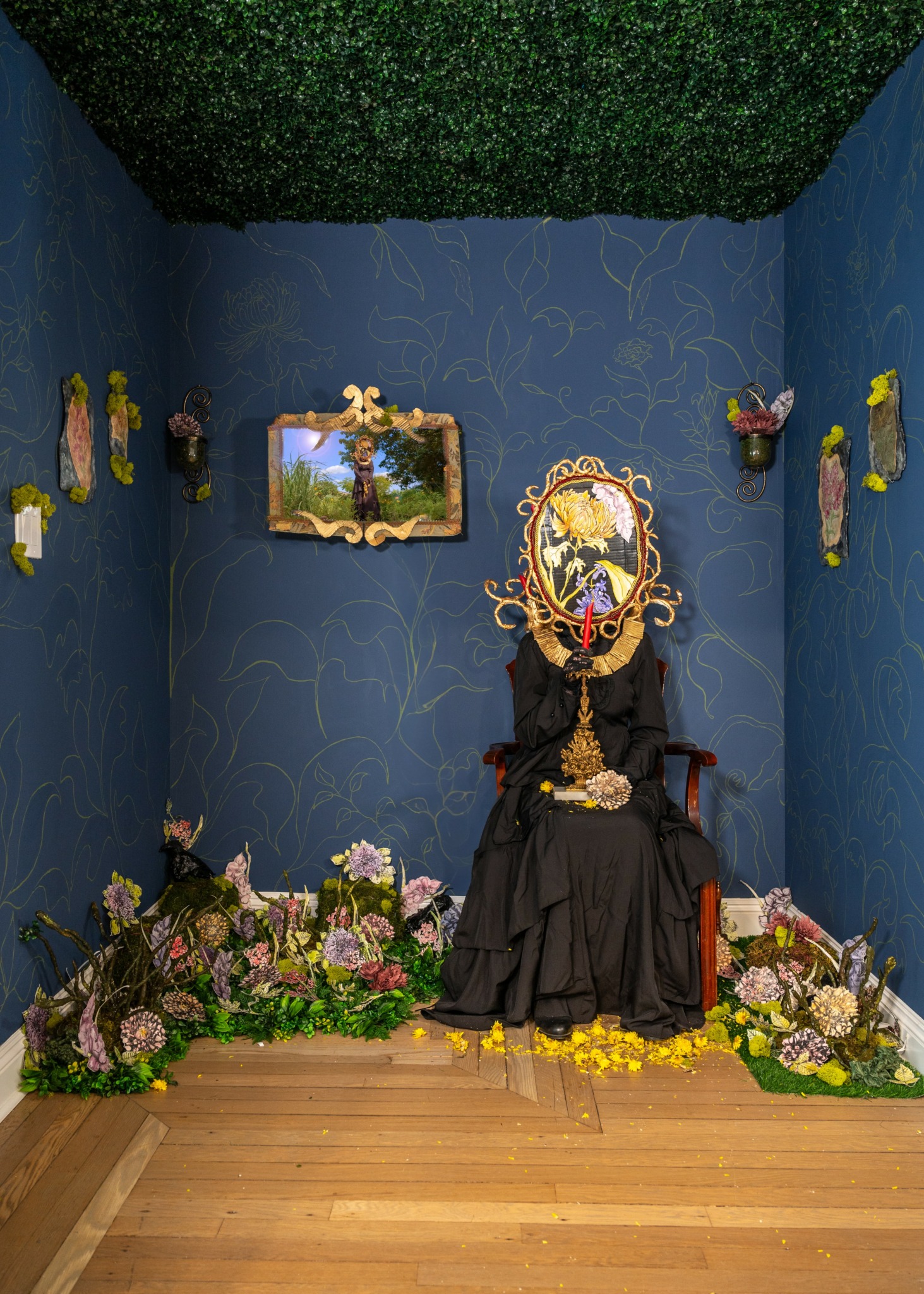
Awesome – so before we get into the rest of our questions, can you briefly introduce yourself to our readers.
My art practice has evolved quite a bit over the years. When I first started getting back into my art practice, I realized I didn’t have a style or a voice. I didn’t know what it was I wanted to say or make, just that I wanted to make “something”. I started simply, with mixed media collage paintings, selling work at craft fairs, and submitting into group art exhibitions. The more I made, the more I found direction, leading to the voice I was looking for.
On a whim, I put a proposal in for a collaborative exhibition with a friend. I swung hard, with a big idea, with work I had only dreamed up in my head, and we got in. This was the first time I began incorporating sculpture into my work. I loved it. It was challenging. It was problem solving, and I loved it. I began incorporating more sculptural work in my practice, along with my 2-D mixed media.
Then Covid happened. We were in lockdown. It was my birthday, and the world was ending. I happened to find an old respirator mask in our basement, which tickled me with irony. It made me think of an article I had read about the two pandemics; one for the rich, one for the poor. The rich were able to hide away in safety, while the poor were forced to carry on; the essential workers, as they were. It went on to say that the current income disparity in America at that moment was equivalent to that at the precipice of the French Revolution. I decided to dig out my wedding dress and a Marie Antoinette wig I had laying around, and asked my husband to do a photo shoot with me. This was the beginning of my performance work. That moment. I had dabbled here and there prior, but it was Marie Antoinette, the problematic white woman, unable to see her own oppression, as she loomed large over the proletariat that was the catalyst for me to dive deep into performance.
It provided a release for me I had never experienced within my other art practices. Although the subject matter was serious, it could be playful at times, poking fun at incredibly dark truths. Sometimes it was intense and uncomfortable. I would record characters and performances, cut out my photographic stills, and create mixed media works with them. I began making wearable art pieces and costumes to add to the story, add to the character; the message. I built entire installations to perform and interact in; my mixed media pieces hanging in the background, acting as props and scenery.
I began performing live; interacting with people. Sometimes people had no idea how to interact with me; sometimes they would go too far, cross a boundary. It was a social experiment, many times proving my point, and they wouldn’t even know it. I was the artwork. I was the thing that was making them think, to feel and react. It could be exhilarating at times, knowing I was stirring something in them they were not expecting. Sometimes it would be scary too.
Someone told me once, I create worlds. What a big thing to say. It almost feels egotistical to say it myself. I create worlds. It is my goal. My intention. To create a space bigger than myself. To build a space; a pocket in time, for each of my characters, my archetypes. To fill it up. To help them be seen wholly. That is what I intend to do.
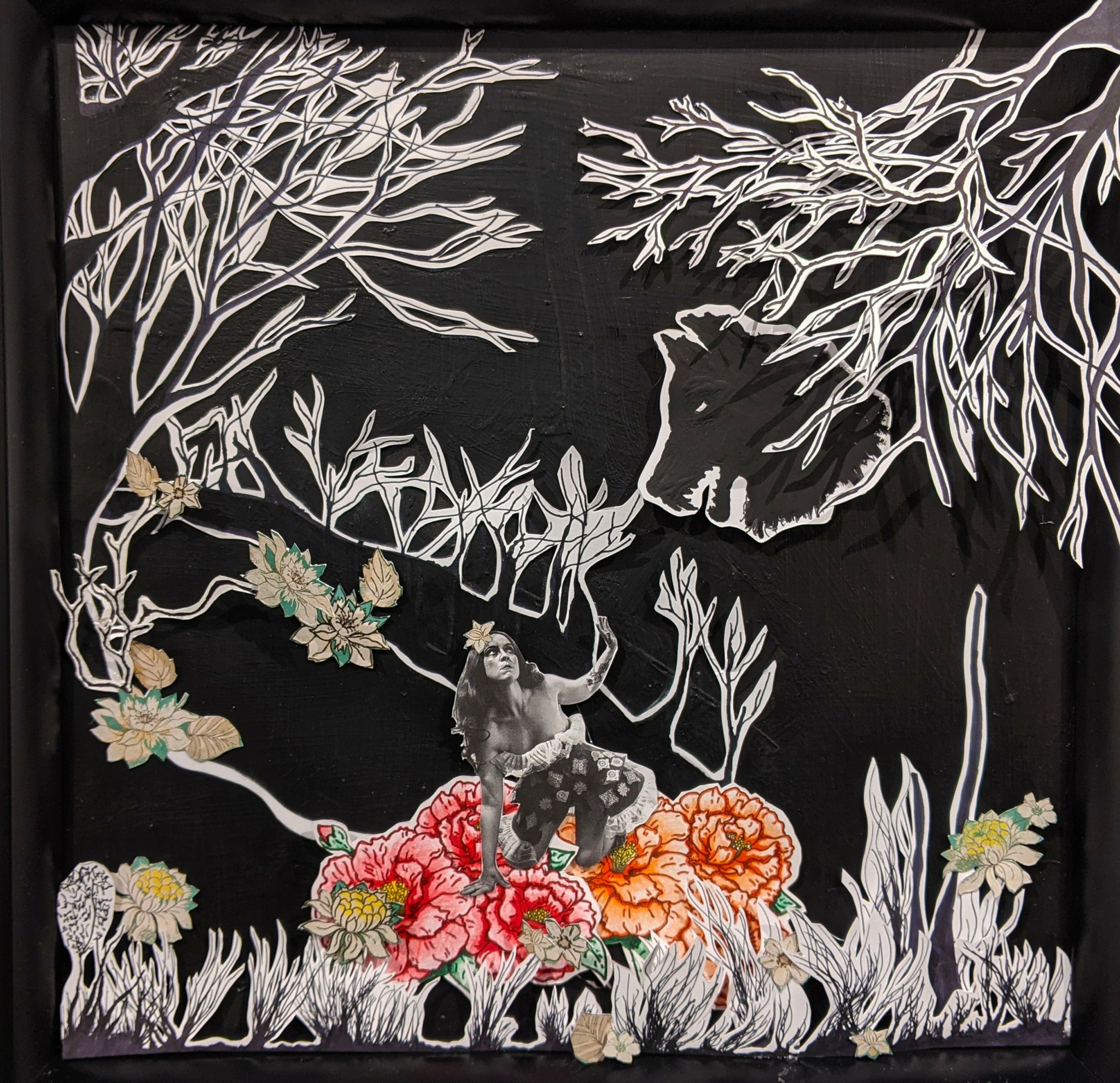
What can society do to ensure an environment that’s helpful to artists and creatives?
There are lots of things society could do to support artists and creatives. Sadly, I think society has proven itself incapable of supporting a thriving creative ecosystem. At the core, we live on a system built on money and capitalism. If something does not provide a clear profit, those at the top do not value its worth. Which is funny, because in reality the arts and cultural economic activity accounted for 4.2% of the GDP, $1.17 trillion dollars in 2023. But this does not fit the narrative for money hoarding billionaires and leaders leaning toward autocratic tendencies, because to them, art and artists are dangerous. We lead pathways to thoughts, conversations, uncomfortable realizations, that challenge authority, and that could disrupt the status quo.
So, as much as I know society could support art, and artists, I do not think we should look to society for their help. The Trump Administration has proven just how fragile that ecosystem really is these last couple of months with the pulling of the NEA Grants, and suddenly changing guidelines of who they will support.
As artists, we need to cultivate our communities and build a support system for one another in collective actions. We should start small, with micro-support systems, ensuring we can create spaces that are safe and welcoming for all creatives. They can be private homes, with folks hosting dinner parties and sharing small artworks, to meetups at a park, reading poetry in the grass. As more people join, they can branch out, network, create collective goals and actions for themselves to support one another and strengthen their communities.
We cannot rely on society to support the creative community, because the whims of society and its intentions for those who live within it are dictated by those in power. And as artists, it is our duty to challenge that power.
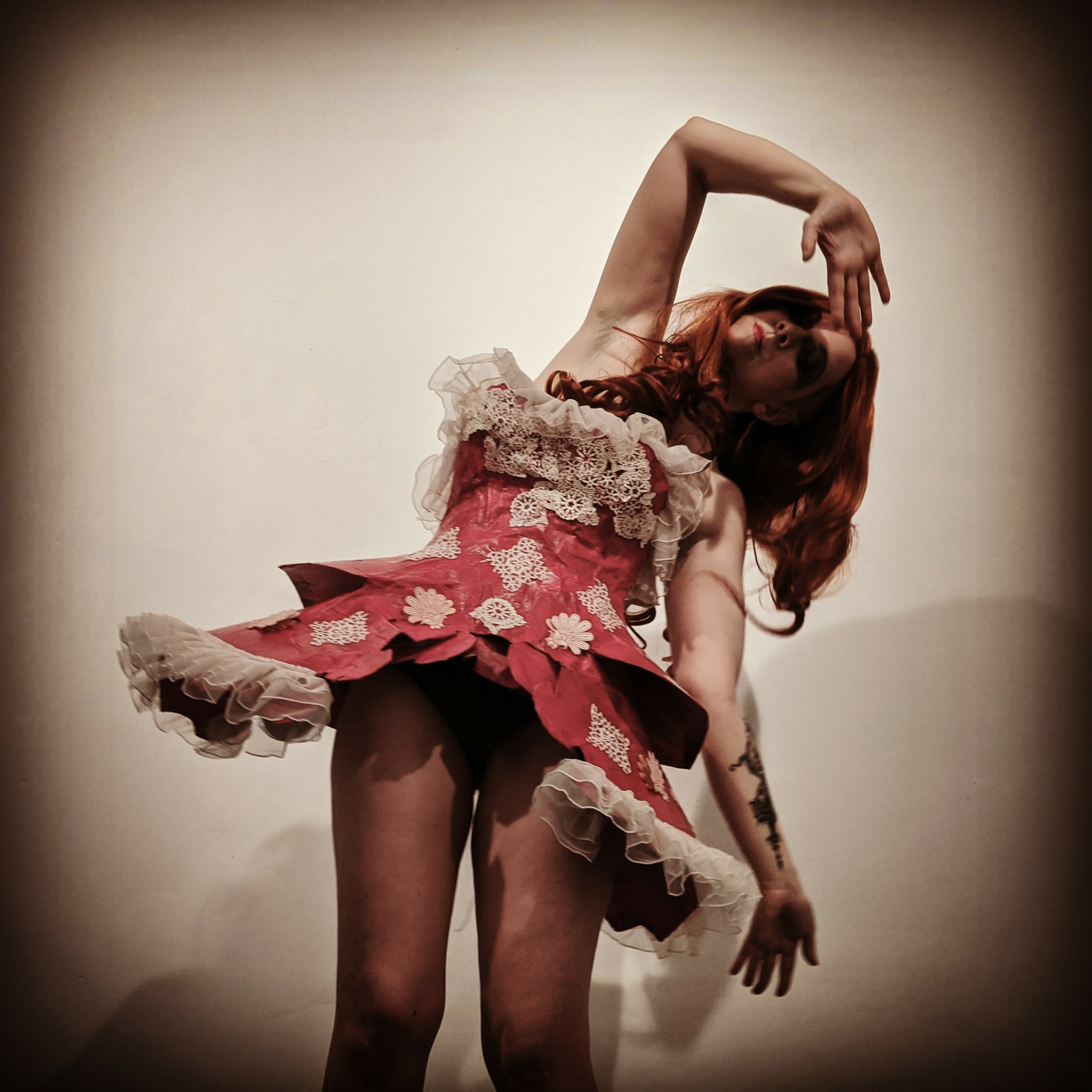
What do you think is the goal or mission that drives your creative journey?
The journey to better know myself and understand who I am, as a human, but more importantly, as a woman, is one of the driving forces in my creative journey. A great deal of my work focuses on women. Real women who have lived, and fictional characters. How they have been portrayed, and perceived. Mostly by men. As they have been the ones to dictate the narrative for centuries. I think of my own life, how I stifled myself creatively for so many years, because I was trying to fit into a mold that was never meant for me. How unhappy I was denying my whole self; not allowing myself to be fully realized. I think of the women before me. I think of women now. Unable to fully realize who they are, see themselves, or know themselves. And I feel for them. I think of my mother who recently passed. I realize now, she was one of those women I have studied and thought about. I want to know them, see them, understand them. I want them to be wholly realized humans that can see themselves. Not just the perception someone else created for them. I want to know if under other circumstances of time and space, I would have been able to find my voice, my convictions, my courage, my joy. I don’t know that I would have. To better understand myself, and other women, as we navigate through this thing we call patriarchy. That is my mission.
Contact Info:
- Website: [email protected]
- Instagram: @christyoconnorart
- Linkedin: https://www.linkedin.com/in/christyeoconnor/
- Other: Substack:
https://substack.com/@christyeoconnorart

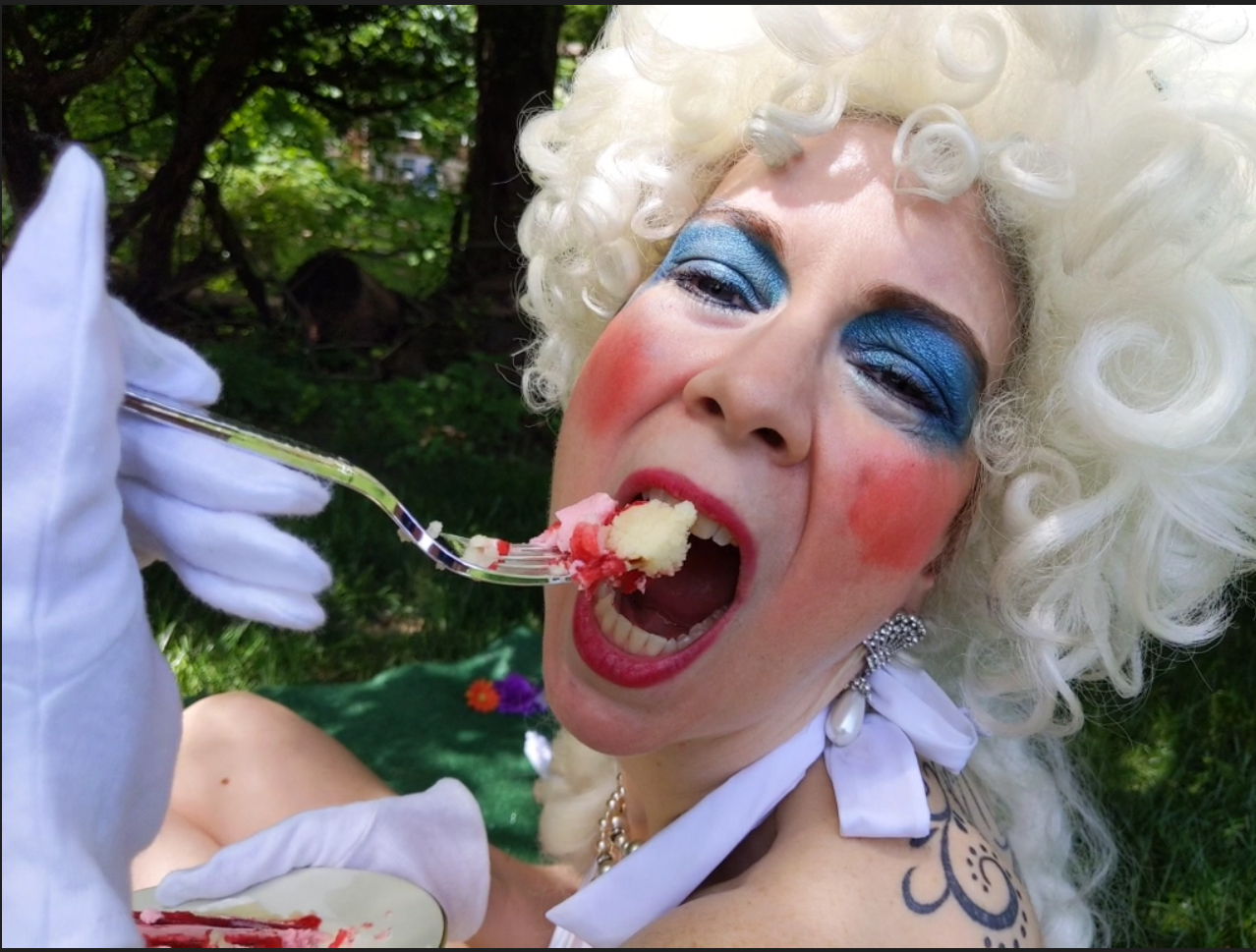
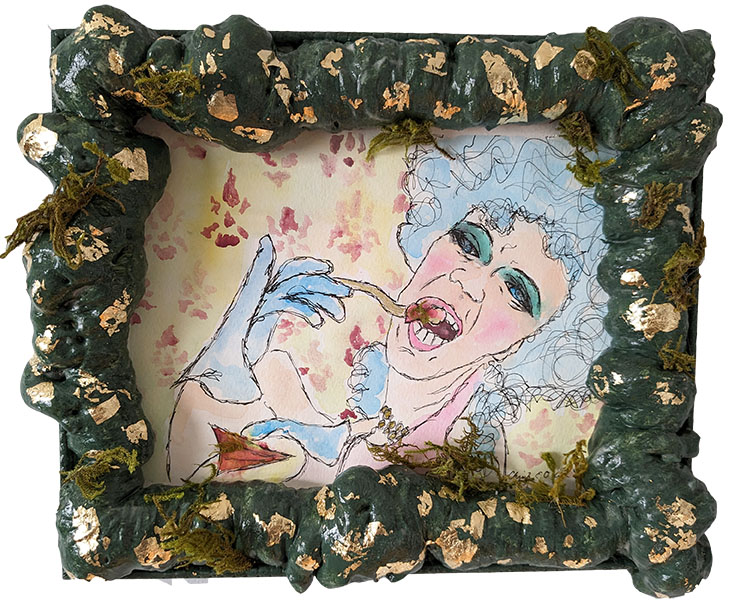

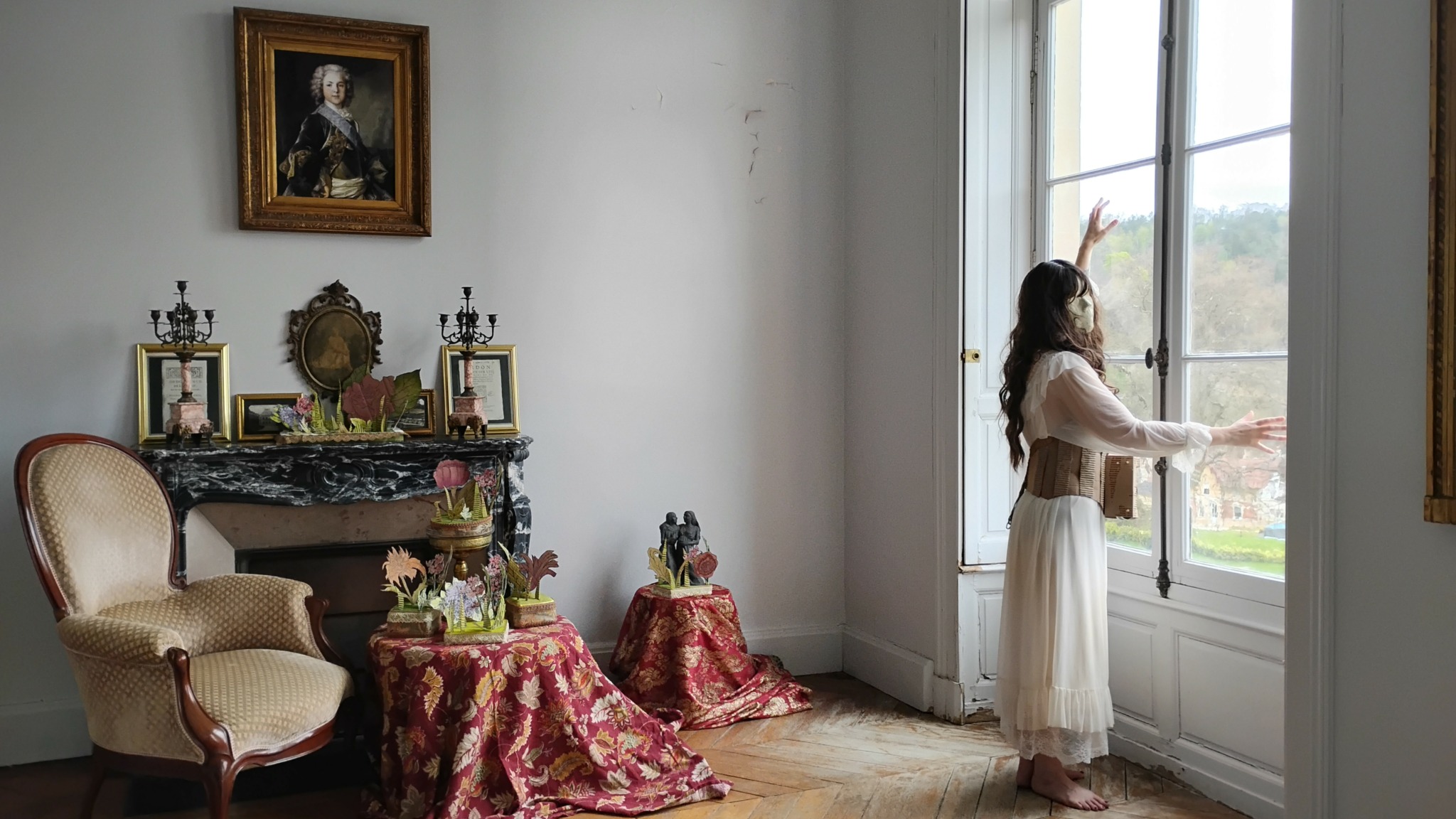

Image Credits
Photos of Artwork: Christy E. O’Connor
Photos of Performance Stills: Jeffrey J. Demos, edited by Christy E. O’Connor


